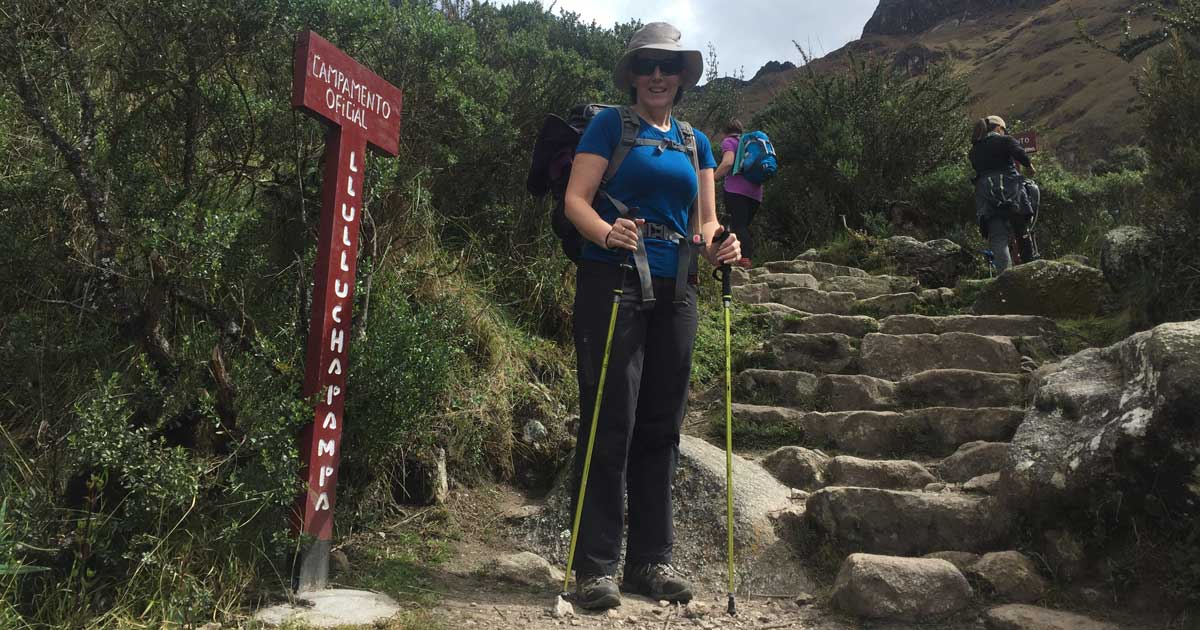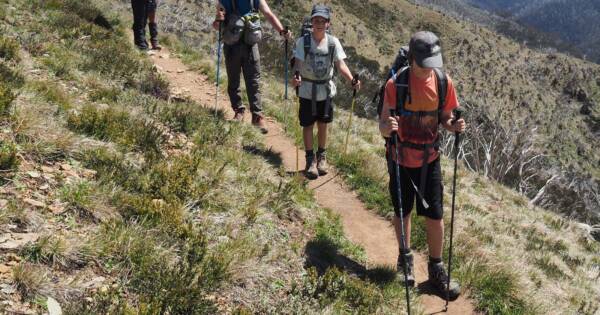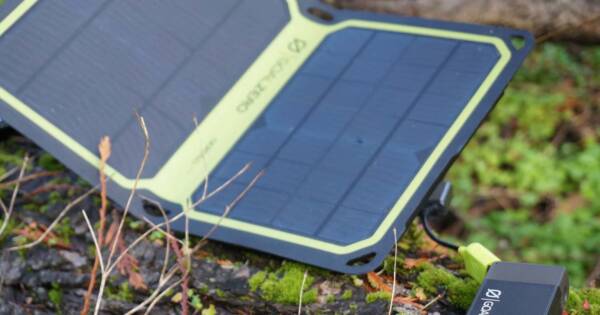Hiking poles are a great way to improve your balance and stability on the trail, especially when carrying a heavy pack. They can also help to reduce fatigue and stress on your joints.
Most hiking poles come with carbide tips, which provide excellent traction on soft surfaces like dirt, mud, and snow. However, carbide tips can be slippery on hard surfaces like pavement and rock. They can also damage sensitive trails and ecosystems.
Rubber tips are a great solution to these problems. They provide good traction on a variety of surfaces, including hard surfaces, and they are less damaging to the environment. Some of us, me included, generally remove the rubber tips as soon as we get the poles and put them aside in a drawer somewhere.
So why would you use rubber tips?
Here are some of the benefits of using rubber tips on hiking poles:
- Improved traction on hard surfaces: Rubber tips provide superior traction on hard surfaces like pavement, concrete, and rock. This can be helpful when hiking on paved trails, sidewalks, and roads. It can also be helpful when crossing streams or rivers.
- Reduced damage to trails and ecosystems: Rubber tips are less damaging to trails and ecosystems than carbide tips. This is because they are softer and more forgiving. Carbide tips can dig into soft trails and damage plant life. They can also scratch rocks and other natural features.
Quieter operation: Rubber tips make less noise than carbide tips. This can be beneficial if you are hiking in a quiet area, such as a national park or wildlife refuge. - Increased comfort: Rubber tips can help to absorb shock and vibration, which can make hiking more comfortable. This is especially beneficial on long hikes or when hiking on rough terrain.
- Protection for your hiking poles: Rubber tips can help to protect your hiking poles from damage. This is especially important if you are hiking on hard surfaces or in rocky areas.

When to use rubber tips on hiking poles
An increasing number of places, like the Inka Trail in Peru, will only allow you to use hiking poles if they have a rubber tip. Inca Trail regulations stipulate hiking poles are only allowed with protecting covers. This is to prevent trail damage.
Rubber tips are a good choice for hiking in a variety of conditions, including:
- Hiking on paved trails or sidewalks: Rubber tips provide good traction on hard surfaces, which can help to prevent slipping and falls.
- Hiking in sensitive environmental areas: Rubber tips are less damaging to trails and ecosystems than carbide tips. This makes them a good choice for hiking in national parks, wildlife refuges, and other sensitive areas.
- Hiking in wet or icy conditions: Rubber tips can help to improve traction on wet or icy surfaces. This can help to prevent slipping and falls.
- Hiking with a heavy pack: Rubber tips can help to reduce stress on your joints when carrying a heavy backpack. This is because they help to absorb shock and vibration.
How to choose the right rubber tips for your hiking poles
I have to be honest, I never even considered there was a choice. I’ve just always used the ones that came with my poles. When choosing rubber tips for your hiking poles, it is important to consider the following factors:
- The type of terrain you will be hiking on: If you will be hiking on a variety of surfaces, including hard surfaces, then you will need rubber tips that are designed for all-terrain use.
- The size of your hiking poles: Rubber tips come in a variety of sizes to fit different hiking poles. Be sure to choose rubber tips that are the correct size for your hiking poles.
- The features you want: Some rubber tips come with additional features, such as a built-in basket or a reflective strip. Choose rubber tips that have the features that are important to you.
How to install rubber tips on hiking poles
Installing rubber tips on hiking poles is a simple process. Most rubber tips simply slip over the end of the hiking pole. Some rubber tips may require a wrench or other tool to tighten them.
To install rubber tips on your hiking poles, follow these steps:
- Clean the end of the hiking pole.
- Apply a small amount of lubricant to the end of the hiking pole. This will help the rubber tip to slip on more easily.
- Slip the rubber tip over the end of the hiking pole.
- Tighten the rubber tip, if necessary.
How to care for rubber tips on hiking poles
Rubber tips are relatively durable, but they will eventually wear out. It is important to inspect your rubber tips regularly and replace them when they are worn.
To care for your rubber tips, follow these tips:
- Clean the rubber tips regularly with soap and water.
- Inspect the rubber tips for signs of wear and tear. Replace any rubber tips that are worn or damaged.
- Store your hiking poles with the rubber tips removed. This will help to prevent the rubber tips from becoming deformed.
So there you have it. Rubber tips are a great way to improve the performance and versatility of your hiking poles. They provide good traction on a variety of surfaces, reduce damage to trails and ecosystems, and make hiking more comfortable.
If you are looking for a way to improve your hiking experience, consider using rubber tips on your hiking poles.






Sylvia Hookey Chris Wells Melissa Hehir Keith’nYvonne Muller some more reading girls.